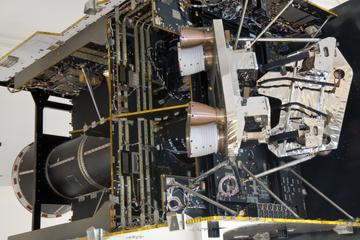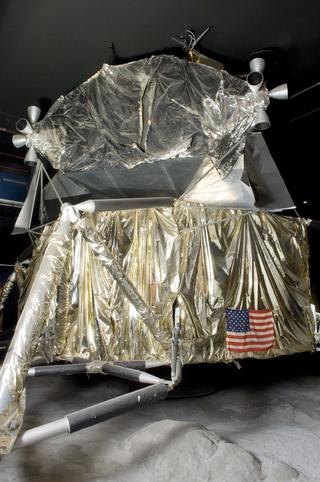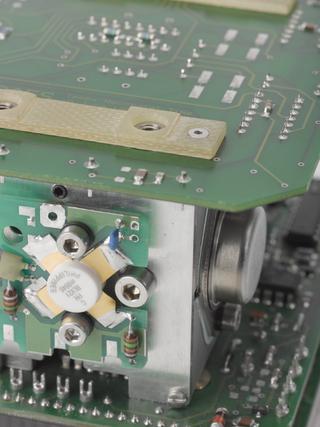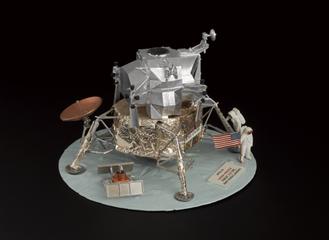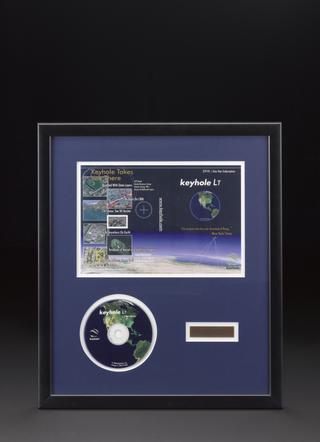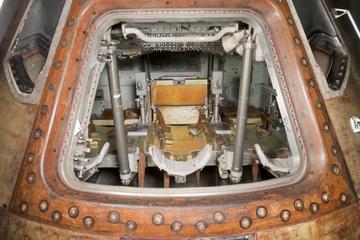
RL10 engine



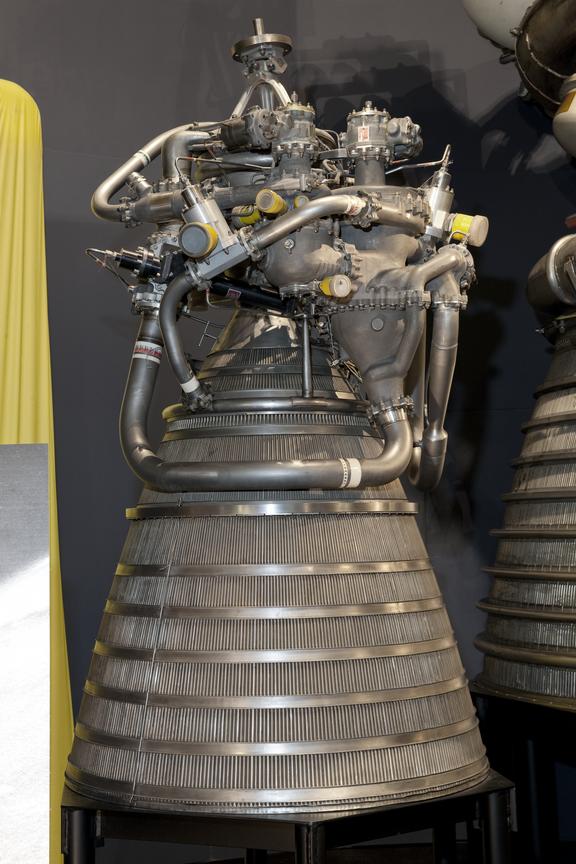
RL10 engine, 1962.
First flown in 1963, this workhorse engine has sent spacecraft to every planet in the Solar System. Since then, more than 500 RL10 engines have flown to space. RL10 engines boosted Voyager 1 and 2 in the 1970s, now the first spacecraft to travel beyond the Solar System. It is fueled using liquid hydrogen and oxygen, one of the first engines to successfully do so. An updated version of this engine is used in the upper stage of NASA’s Space Launch System heavy-lift rocket as part of the Artemis programme, taking humans back to the Moon for the first time since 1972.
The engine works using liquid hydrogen (fuel) and liquid oxygen (oxidizer). These are stored separately and then combined and ignited in a combustion chamber. This produces hot gases which are then expelled through a nozzle, generating the thrust.
Details
- Category:
- Space Technology
- Object Number:
- 1986-974
- Materials:
- stainless steel, silver (alloy), aluminium (metal), nickel plated and electrical components
- Measurements:
-
overall: 1778 mm 990.6 mm,
- copyright:
- National Air and Space Museum, Smithsonian Institution
- credit:
- Lent by the Smithsonian National Air and Space Museum, Washington, DC
